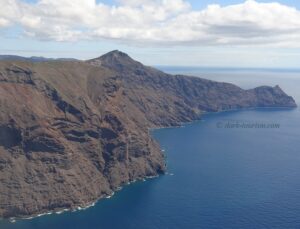
Islands of Dark Tourism
In this post I want to take you off the beaten track and to some less well explored, more exotic, remote locations. The eight selected places have only one thing in common: they are all islands. Other than that they are very different from each other and represent a range of distinct categories of dark tourism that dark globe trotters visit for very different reasons.
Of course there are well-known dark islands, too, such as Alcatraz or Robben Island, both former prison islands turned memorials, which today attract large numbers of visitors and hence overlap with mainstream tourism; but here we are going to get further away from that.



